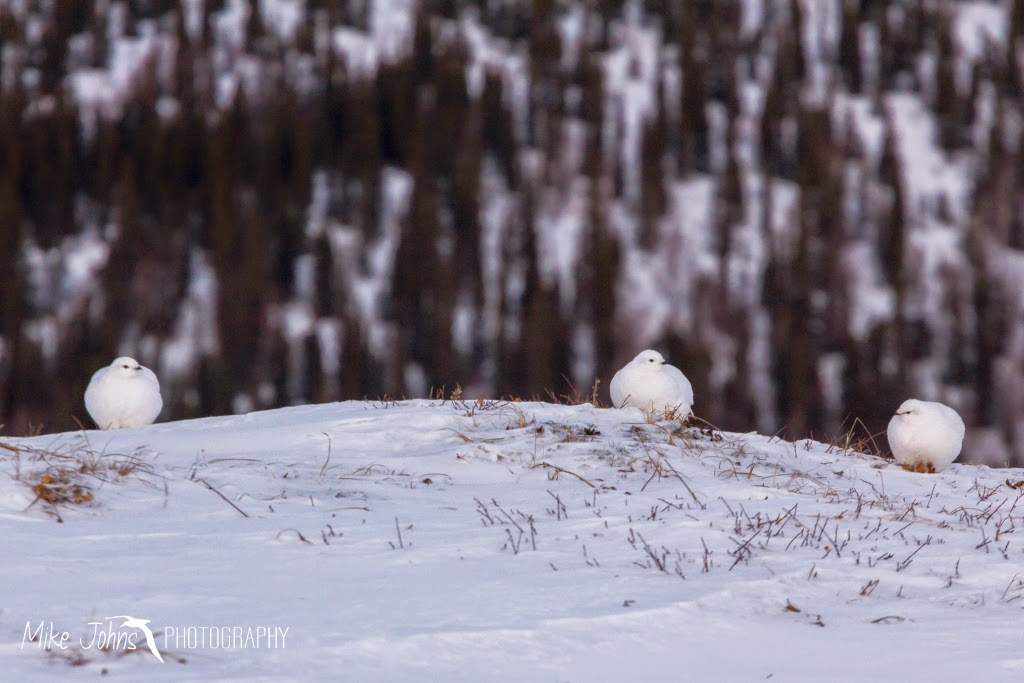Auroral activity has been at a minimum lately, forcing me to focus my attention on other aspects of the night sky. Using a high ISO, a wide angle lens, and finding a location with no light pollution, our galaxy the Milky Way can be revealed; but what about other galaxies? Those amazing shots of nebula and other structures in deep space are generally achieved by using a telescope on a moving mount that tracks the stars as they rotate, allowing for a very long exposure. Fancy telescopes and motorized mounts are quite expensive, and not an option for an unemployed field biologist like myself.
The problem is, very few photons of light actually reach earth from distant objects in space. So a long exposure is necessary to gather enough information to produce an image. If you leave the shutter open for too long with just a fixed tripod, everything gets blurred as the earth spins. Turns out there's a free program called Deep Sky Stacker that allows the novice sky watcher to get fairly detailed images of distant objects in space using only a DSLR camera and a tripod. The basic principal is simple. For example instead of taking a single four minute (240 second) exposure on a moving mount, you can take a one second exposure on a fixed mount 240 times, align each frame so the stars stay in the same location, and stack those frames one on top of the other. With both methods the same amount of light is being absorbed by the sensor.
After several failed attempts I finally achieved this very basic image of our sister galaxy Andromeda. Andromeda and the Milky Way are both spiral galaxies, and are very similar in shape. Looking at Andromeda is like looking at a mirror. If you were to jump onto a space ship and rocket beyond the outer limits of the Milky Way for a view, this is what our home would look like. The light contained in this image, the contribution of over one trillion stars, has traveled 2.5 million light years to reach the sensor of my camera. You can even make out some detail in the dust lanes that spiral around the galaxy's dense core. I had no idea this sort of image was possible from a back yard photo shoot.
Amazingly Andromeda is currently hurling towards earth and the Milky Way at a speed of roughly 110 kilometers per second (68 miles per second). When the two galaxies eventually do collide the fate of our solar system will likely be in jeopardy. No need to worry though, at that speed it will still take Andromeda 4 billion years to get here. Life on earth will likely be long gone by then. Really puts it all into perspective.
Canon EOS 60D, Canon EF 70-200mm f/4L USM, ISO-6400 f/4 @ 265 sec (1.6 sec x 166 frames)































